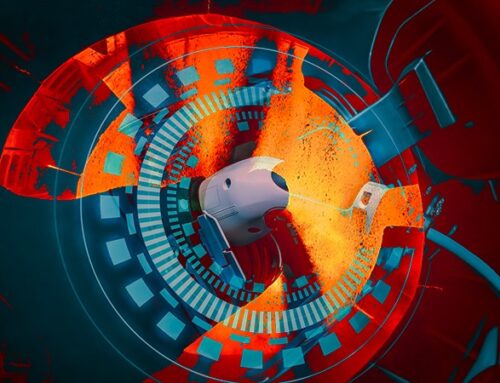Domestic solar + electricity storage has for some time been seen as a potentially disruptive combination for electricity systems. Add in electric cars and use of recycled EV batteries in those storage systems, and the story becomes even more interesting.
Car companies expanding into energy storage have been all over the news recently. Electric vehicles (“EVs”) contain batteries, so leveraging this technology for wider storage applications makes sense. What makes even more sense is that batteries from electric cars can be recycled for fixed storage purposes – EV batteries have a limited shelf-life… over time battery discharge speed begins to decline, which is a problem for cars which rely on fast delivery of power to accelerate or climb hills, but is less important for heating and lighting buildings.
Recycling EV batteries provides the opportunity to deliver electricity storage at cheaper levels than is currently available, and also raises the prospect of reducing EV costs, making them more affordable and boosting uptake. About 50% of batteries installed in electric cars are recycled after 5 to 7 years, when they still have about 80% of their original capacity.
Stationary storage provides a back-up for renewable energy
Several car companies are developing stationary storage projects using recycled EV batteries.
In 2015 Toyota turned on its 85 kWh off-grid energy storage system at the Lamar Buffalo Ranch in Yellowstone National Park. The system consists of 208 repurposed Toyota Camry Hybrid nickel-metal hydride battery packs working with a new 40 kW photovoltaic solar array.
General Motors is using five sets of batteries from Chevrolet Volts to help power a new data centre in Michigan. The facility, which has achieved net zero energy use on an annual basis, also consists of a 74 kW ground-mounted solar array and two 2 kW wind turbines. The batteries are available to either store or feed energy as needed, with excess power going into the grid, and can hold four hours’ worth of backup power.
In Europe, Daimler recently began construction of the world’s largest 2nd use battery installation at Lünen in Germany, using recycled EV batteries, which will be able to provide 13 MWh of electricity and should come online later in the 2016. A second, 15 MWh facility is also being developed at Herrenhausen, consisting of around 3000 battery modules, which will be marketed on the German primary balancing market.
Combining stationary storage with demand response increases efficiency and EV economics
Other manufacturers are taking the concept a step further by combining stationary storage with demand-side response services.
Last week Nissan launched two new initiatives. The first is a trial in the UK that will allow electric vehicle owners to sell power from their cars back to the grid. Through this scheme, developed in partnership with Italian utility Enel and National Grid, Nissan LEAF owners will be paid to allow National Grid to access their cars through special bi-directional home charging points in order to sell stored power from their vehicles back to the grid at peak times. If all of the 18,000 Nissan electric cars in the UK were connected at once, their combined output would be the same as a 180 MW power station.
The second initiative is a wall-mounted battery pack for the home called xStorage, made using former LEAF batteries. The 4.2 kWh system will allow homeowners to store either energy from domestic generation sources such as rooftop solar panels, or cheap off-peak energy from the grid which they can use or sell back to the grid during times of higher demand.
Arguably the most ambitious scheme was a pilot set up in 2015 by BMW, which teamed up with the Pacific Gas and Electric Company to launch a second-life battery project in the San Francisco Bay Area. The project incorporates a fleet of about 100 BMW i3 cars and a 240 kWh energy storage system located at the BMW Technology Office in Mountain View, California, built from old MINI E battery packs, combined with solar power.
The i3 owners are paid for participating in a delayed charging program to test reduction of demand on the power grid during peak periods. Over 18 months, PG&E sent BMW 26 demand-response requests, all of which were met: depending on the time of day, the vehicles delivered between 10% and 75% of the required capacity by stopping charging, with the remainder coming from the second-life batteries.
Driving innovation
In the late nineteenth century, engineers such as Karl Benz, Rudolf Diesel and Gottlieb Daimler began patenting designs for internal combustion engines, which has been the dominant technology in the motor industry for well over a century. Electric and hybrid vehicles represent the first major innovation away from this.
Electric cars sold globally passed the 1 million mark in September 2015, so the market still has a long way to go, however, with these new developments, automakers clearly see a way of not only growing their own market, but the potential to extend into any entirely new area…not bad for an industry that has otherwise spent over a hundred years refining the same old idea.






Leave A Comment